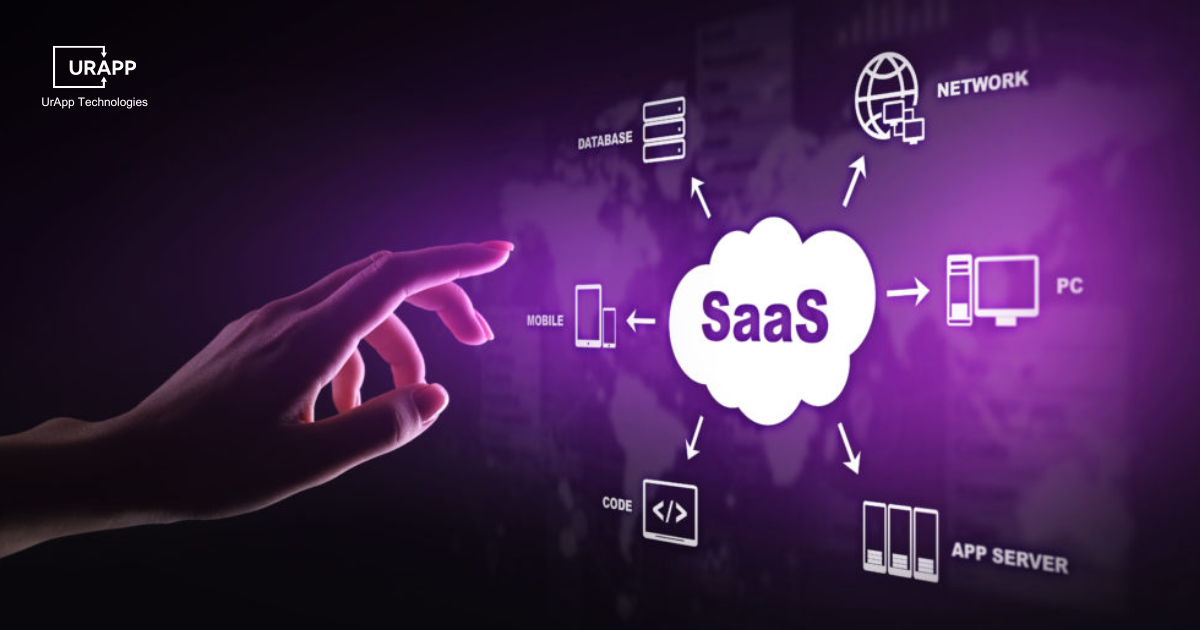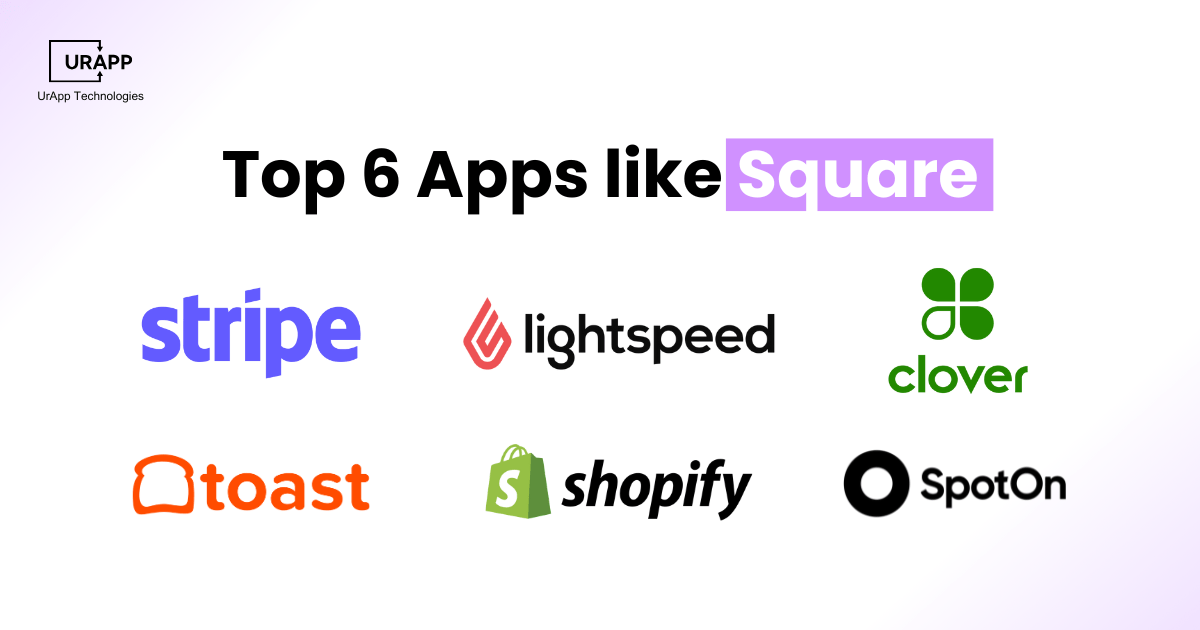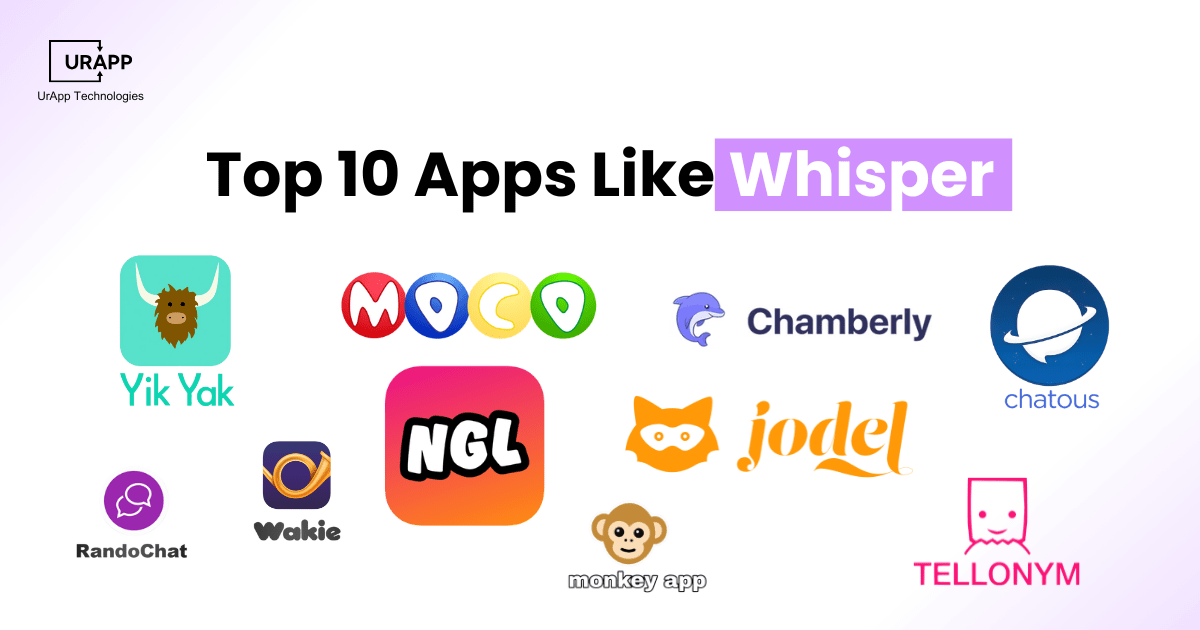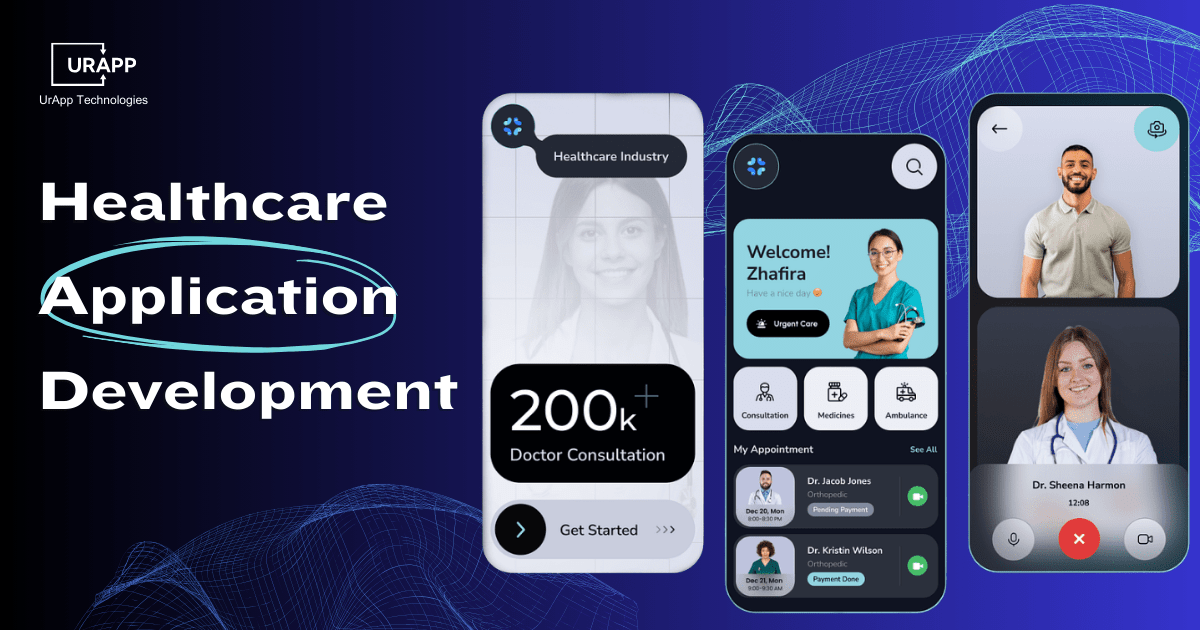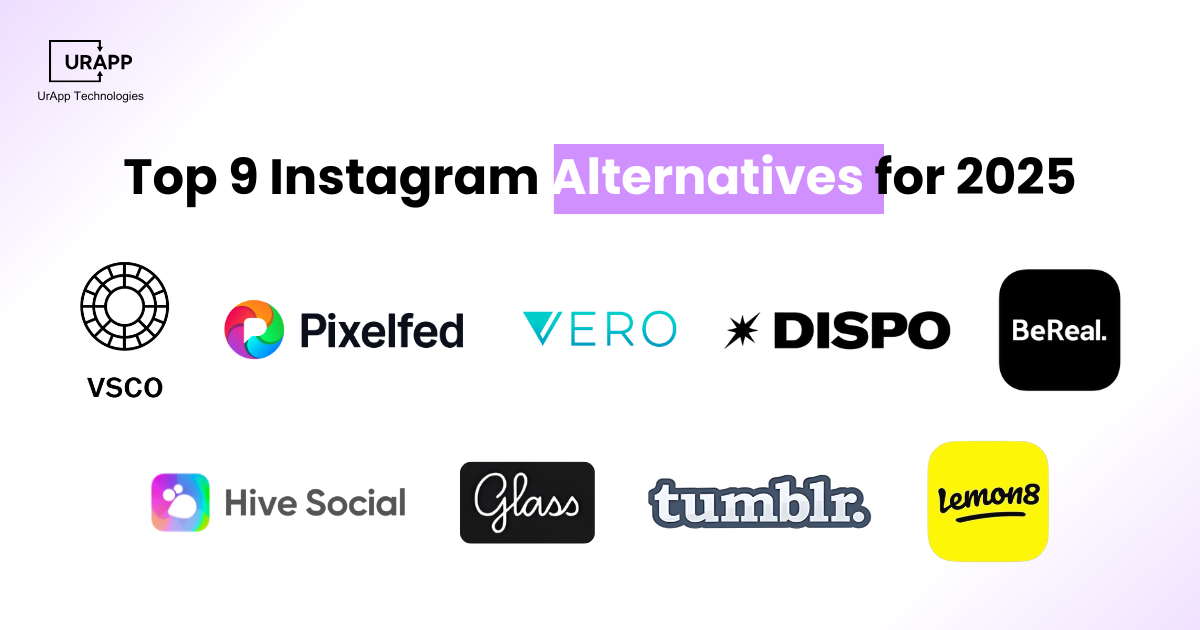What is SaaS MVP Development? Benefits, Cost, and Complete Guide (2025)
Key Takeaways
- SaaS MVP development enables entrepreneurs to decrease risks, save money and swiftly verify business ideas before scaling products to wider markets.
- The global SaaS market size may reach USD 1,251.35 billion by 2034 with a CAGR of 13.3 percent worldwide.
- Startup failure rate stands at 90 percent, but a SaaS MVP lowers risks, ensures validation earlier, and attracts investor confidence.
- SaaS MVP cost in 2025 ranges from $10K to $100K+, depending on features, team size, and location.
What is Saas MVP Development?
SaaS MVP development means the development of a simple version of software with only the most essential features. It allows companies to test ideas faster and understand how customers react to them. This technique saves time and money for businesses while it also enables them to clearly focus on client needs.
A SaaS MVP offers modern enterprises the opportunity to verify concepts before major expenditure. It helps them compete smarter, adapt quickly and achieve growth with less waste. With this approach businesses discover real market demands earlier and adjust their direction with confidence.
In this article, we will discuss the main benefits, potential costs, possible challenges, important steps and the expertise companies require for success.
What is MVP in SaaS?
A SaaS MVP is a minimum viable product for software as a service with only essential features. This first version focuses on the solution of one major problem and excludes additional functions. The goal is to test the product idea in the real market first. SaaS MVP development helps businesses reduce risk, learn from real users and refine their ideas with confidence.
Prototype vs. MVP: What's the Difference?
Prototype
A prototype is like a draft that shows how a product could look but lacks real functionality. It is mainly used to explain the app and secure early feedback from stakeholders.
SaaS MVP
A SaaS MVP is a working product that offers practical solutions and generates data from real customers. Companies gain insights from users and use those lessons to shape advanced versions.
SaaS Startups Failure Rate and Role of MVP
The failure rate for new startups is currently 90%. A SaaS MVP lowers these risks as it confirm the accuracy of the features early, which saves investment and attracts stronger investor interest. This process creates a reliable foundation for growth and innovation.
Benefits of SaaS MVP Development

SaaS MVP development allows businesses to confirm demand and build stronger strategies before full-scale product creation. By 2034, the global SaaS market is expected to reach USD 1,251.35 billion, at a CAGR of 13.3%.

Source: https://www.precedenceresearch.com/
Therefore, it is important to collaborate with a SaaS MVP development company to give businesses a reliable foundation that enables profitable expansion and makes smarter choices for the future.
Faster Market Validation
-
Launch products quickly to confirm customer demand and avoid wasted resources from unnecessary features that fail to deliver value.
-
It does not depend on unproven theories that may not match actual customer behavior.
-
Gain early traction that guides product growth and builds confidence in future decisions based on proven user needs.
-
SaaS MVP development ensures faster validation that reduces risks and creates stronger alignment with real customer preferences.
-
Shorten time to market and increase chances of attain product-market fit by focusing efforts only on validated opportunities.
Lower Investment with Higher Clarity
-
Start with small budgets that protect limited resources and still provide valuable insights for smarter product decisions and growth.
-
Build only the essential features users need most, reduce waste and clarify the actual product direction from real usage.
-
SaaS MVP development company services help startups maximize limited funds and ensure better decision-making based on authentic data.
-
Avoid costly mistakes by understanding user preferences before committing to expensive development cycles that drain capital quickly.
-
Gain clarity through facts rather than assumptions and allow businesses to grow with confidence in product design and market acceptance.
Attract Early Investors
-
Show investors a functional product instead of only concepts and create confidence that attracts stronger interest in funding discussions.
-
Prove business potential with early user traction and market demand that demonstrates product feasibility and long term sustainability.
-
Use clear evidence to strengthen investor trust, make negotiations easier and increase funding opportunities for startups effectively.
-
SaaS MVP development provides visible proof that reassures investors about long term business value and potential scalability.
-
Secure capital faster and expand growth possibilities and gives investors measurable validation instead of untested promises.
Real Feedback from Users
-
Collect real feedback that shows exactly what customers value most and enables improvements based on clear evidence.
-
Identify weak features that add no value and remove them before add unnecessary functions.
Prioritize strong features supported by feedback and allocate resources to upgrades that increase user satisfaction. -
Learn practical strategies with MVP Development Services that ensure user-driven product growth and sustainable business outcomes.
-
SaaS MVP development provides businesses authentic insights that improve user experience and build stronger long term customer relationships.
Challenges in Building a SaaS MVP

SaaS MVP development proves difficult because businesses face challenges when it comes to define the features, technology and manage the resources effectively. Companies often fail when they include unnecessary features or ignore user needs, which lowers adoption rates and delays growth opportunities.
Therefore, success in SaaS MVP development requires clarity, wise technical choices and strong resource management to prevent early costly mistakes.
Defining the Right Features
-
Teams must choose only features that address customer needs directly without over fill the product or confuse the early adopters.
-
Too many features waste money and time, while too few features risk creating a weak unappealing product.
-
Businesses should prioritize functionality that solves customer pain points instead of chasing unnecessary elements that provide little value.
-
Correct feature selection builds trust and sets direction, ensuring scalability when the full product eventually launches later.
-
Clarity at this level enables businesses to prevent waste, increase customer trust and effectively reinforce future product decisions.
Managing Limited Resources
-
Startups frequently operate on restricted resources, which require detailed plan and strict allocation of time to ensure financial stability.
-
Poor resource allocation causes project delays and increases risk, which enable competitors to capture potential consumers earlier.
-
Companies must strike a balance between their operations, marketing and development budgets to make sure every dollar produces quantifiable outcomes fast.
-
Human resources also matter because strong talent ensures smoother processes while weak teams limit project efficiency.
SaaS MVP development demands efficient allocation of resources that creates stability despite external pressures. -
Proper management strengthens growth opportunities, reduces risks and increases chances of survival in the future within competitive markets.
SaaS MVP Development Cost in 2025
The cost of SaaS MVP development in 2025 changes with technology, location and resources. Businesses worldwide face different expenses because each factor shapes the final budget differently. Companies now aim for smart investments and use efficient strategies before starting projects.
Factors that Affect SaaS MVP Cost
SaaS MVP development cost depends on many variables. A detailed breakdown helps companies plan budgets wisely and avoid unexpected expenses.
|
Factor |
Description |
Low-Cost Impact |
High-Cost Impact |
|
Features |
Basic features include login, dashboards and payments, while advanced features involve AI or integrations. |
Simple MVP lowers costs significantly. |
Complex features push budgets higher. |
|
Team Size |
Small teams usually handle simple projects, while large teams build faster but charge more. |
Small teams reduce expenses. |
Larger teams increase overall budget. |
|
Tech Stack |
Choosing modern frameworks in programming increases flexibility but may need licenses or specialized skills. |
Open-source tools lower development cost. |
Paid tools and licenses add expenses. |
|
Development Time |
Longer timelines mean higher costs as teams work more hours to complete milestones. |
Shorter timelines save cost. |
Longer timelines increase labor expenses. |
|
Location |
Cost differs by hiring region due to salaries, living standards and availability of skilled experts. |
Asia provides affordable skilled talent. |
North America demands high hourly rates. |
|
Quality Assurance |
Testing ensures quality but requires extra tools, time and professionals. |
Basic testing cuts some cost. |
Advanced QA increases the development budget. |
Average SaaS MVP Development Cost Breakdown
Global SaaS MVP development cost ranges differ across regions. This table outlines expected costs and trends for 2025.
|
Region |
Average Cost Range |
Hourly Rates (USD) |
Strengths |
Challenges |
|
North America |
$60K – $100K |
$80 – $150 |
Skilled developers, advanced tools, strong innovation. |
Very expensive for startups and small businesses. |
|
Western Europe |
$50K – $90K |
$60 – $120 |
High-quality talent, reliable infrastructure, expertise. |
Moderate to high cost depending on project scale. |
|
Eastern Europe |
$30K – $60K |
$40 – $70 |
Affordable, quality developers, fast delivery. |
Limited availability for niche tech expertise. |
|
Asia (India, etc.) |
$20K – $50K |
$20 – $50 |
Very cost-effective, large talent pool, flexible teams. |
Quality control may require strong management. |
|
Latin America |
$25K – $55K |
$25 – $60 |
Affordable, overlapping US time zones, growing talent. |
Experience gaps in complex SaaS solutions. |
Ways to Reduce SaaS MVP Cost Without Losing Quality
Businesses can lower SaaS MVP development cost without affecting quality through wise choices and strategies. Below are proven approaches.
- Outsource smartly
The best ways to reduce cost is to outsource, to cut expenses and receive reliable expertise and timely delivery. It reduces overhead compared to in-house hiring
- Use pre-made tools.
Pre-built solutions cut development time and lower errors. Open-source or low-cost SaaS technologies eliminate the need for large expenditures in advanced infrastructure.
-
Hire expert teams
Experienced developers deliver quality quickly and avoid costly mistakes. Strong expertise ensures efficiency and reduces unexpected financial risks effectively.
-
Leverage efficient technologies
Using modern frameworks and AI programming languages makes projects faster and reduces costs. Smart technology ensures better performance with fewer resources.
Step by Step Process of SaaS MVP Development

SaaS MVP development requires a structured roadmap that gives direction and clarity. A step by step approach helps businesses save cost, reduce risks and enter the market faster. This section explains the key stages from problem definition to improvement. Every stage ensures smarter planning and measurable progress during SaaS MVP development.
Define the Problem and Target Audience
-
Every effective SaaS MVP starts by determining the primary issue that the solution is intended to address for a particular user.
-
Entrepreneurs must investigate industry trends and competitors to identify gaps where their solution can deliver unique, meaningful results.
-
Perform user interviews provides true insights into client problems and allows firms to create meaningful solutions with long-term value.
-
With a defined target audience you can save resources and allow a more focused effort, which leads to increased engagement and trust.
-
A well defined problem statement with a validated audience forms the foundation for every step during SaaS MVP development success.
Prioritize Features that Solve One Problem
-
MVPs should include only essential features that directly address the single most important user problem identified during research.
-
When too many features are added too soon, development becomes more difficult and expensive without properly verified the product's worth or market need.
-
Entrepreneurs must prioritize features by mapping user needs and that comply with realistic development timetables and resources.
-
Faster launches and less needless complexity are made possible by clear prioritization, which also produces quantifiable value and visible user satisfaction.
-
Businesses focusing only on core features gain early validation while ensuring smoother product expansion after initial SaaS MVP development.
The Right Tech Stack Selection
-
During the early phases, the suitable technology stack supports the SaaS MVP product's flexibility, scalability and longevity.
-
Wrong choices create costly technical debt, which hinders product growth and increases overall expenses during future expansion.
39 percent of startups fail from poor product-market fit and technical issues, highlighting the importance of technology selection. -
Teams must explore Framework in programming concepts that clarify decisions and support correct selection of technologies.
-
Selecting the right stack offers confidence, efficiency and sustainability, which strengthens SaaS MVP development and ensures reliable growth.
Build and Launch the MVP
-
With the features and tech stack decided, businesses must build a functional product that addresses the validated market problem.
-
Developers should follow agile methods, ensuring constant collaboration, progress tracking and fast adjustments whenever necessary during project milestones.
-
Building within short sprints ensures issues surface early, reducing risks and making the final launch smoother, faster and stronger.
-
Launching early helps companies test assumptions directly in real environments with actual users providing immediate clarity and important direction.
-
Therefore, businesses confidently introduce their product and gain momentum, while ensuring their SaaS MVP development strategy achieves clear goals.
Collect Feedback and Improve
-
Collecting user feedback after launch offers genuine direction for product improvement and ensures continued alignment with customer expectations.
-
Businesses must analyze behaviour patterns, assess engagement indicators and review complaints to determine where adjustments offer most benefits.
-
Real feedback converts speculation into actionable insights, which saves time and money while boost the possibility of a successful outcome.
-
Enhancements should concentrate on areas that have the biggest impact and eliminate elements that offer minimal measurable benefit.
Common Mistakes to Avoid in SaaS MVP Development

Many startups fail because of avoidable mistakes during SaaS MVP development. Avoiding these mistakes ensures cost efficiency, customer trust and long term success.
Add too Many Features
-
Extra features raise costs, delay launch and confuse users who need the most important solution delivered fast.
-
Startups must focus on core functionality, ensuring resources support solving one problem instead of chasing unnecessary feature requests.
-
Too many features mislead the team from the primary vision which leads to weak product value and overall business effectiveness.
-
Simplicity ensures faster validation and stronger results, creating space for improvements once the product secures adoption and customer trust.
Ignore Real Customer Needs
-
Ignoring customer needs wastes resources, since products may fail to deliver genuine value required by target users.
-
Market research and customer interviews allow businesses to understand pain points, creating products that people truly want.
-
Without user feedback, development becomes guesswork, reducing adoption and increasing failure risk compared with research based approaches.
-
Startups must avoid common mobile app development mistakes by listening carefully to customers throughout the entire product journey.
Underestimate Costs and Time
-
Entrepreneurs frequently make poor time and cost estimates, which results in overruns that disrupt launches and ultimately decrease company profitability.
-
When organizations plan carefully and work with experts, they know resources and create realistic timeframes that match with capacity and budgets.
-
Underestimating timelines creates rushed features, reducing quality, damaging trust and lowering long term business stability significantly.
-
Teams must plan carefully, adjust budgets wisely and rely on industry data for reliable financial and timeline guidance.
Lack Scalability Vision
-
Many startups neglect scalability, creating technical challenges once demand rises, causing downtime, cost increases and unhappy customers.
-
Scalability allows systems to support growth, managing more users and features without costly redevelopment or unexpected failures.
-
Planning scalability requires strong architecture decisions, covering performance, security and integration needs during the early stages.
-
A forward looking vision ensures SaaS MVP development produces lasting value rather than short lived business success only.
Ways to Speed Up SaaS MVP Development
A faster launch helps validate ideas, attract users and reduce costs. Effective strategies give SaaS MVP development teams speed without losing quality.
BaaS
-
BaaS helps developers save setup time because it manages backend infrastructure and ensures faster deployment and seamless scalability.
-
This approach reduces workload and lets teams focus on product logic rather than complicated server management and security setup processes.
Low Code Platforms
-
Low code platforms enable teams to build functional applications faster and the customization options available when projects demand flexibility.
-
These platforms reduce development time and cost significantly, which makes them useful for startups with smaller budgets.
Open Source Tools
-
Open source tools provide flexible features, lower licensing costs and access to strong communities that support continuous improvement.
-
Using open source frameworks also reduces dependency on vendors and help teams accelerate the launch effectively.
IT Outsourcing
-
IT outsourcing brings expert skills to projects quickly, reduces the costs and allows businesses to concentrate on strategic areas.
-
Outsourcing partners also offer flexibility, global expertise and faster scaling which addresses critical questions like how hard is to make an app.
SaaS MVP Development with UrApp Tech
UrApp Tech stands as a trusted SaaS MVP development company with proven expertise across multiple industries and unique business environments. The team has successfully delivered SaaS MVP development projects along with mobile MVPs, ensuring clients achieve measurable results with speed, quality and scalability.
As a leading Digital Transformation Company, UrApp Tech provides structured processes, agile workflows and specialized solutions tailored for each client. From idea validation to full product delivery, the company emphasizes quality execution, clear communication and long-term value creation for startups and enterprises.
Conclusion
SaaS MVP development means building a simple software version that solves one key problem, validates ideas and reduces costly risks. This method helps startups test real demand, attract investors and grow smarter with limited budgets. By avoiding unnecessary features and focusing on core functionality, businesses achieve clarity, faster launches and stronger customer trust.
A structured process ensures smooth progress, starting from identifying the problem to feedback-based improvements. Additionally, strategies like BaaS, low code platforms, outsourcing and open-source tools speed up development effectively.
UrApp Tech, a trusted SaaS MVP development company, delivers successful projects across industries. With structured workflows, strong expertise and services like Mobile App Development Services, UrApp Tech ensures quality results. Its tried-and-true techniques produce dependable, scalable and effective MVPs that support enterprises' confident growth. Sustainable success is ensured through the selection of the appropriate partner.
